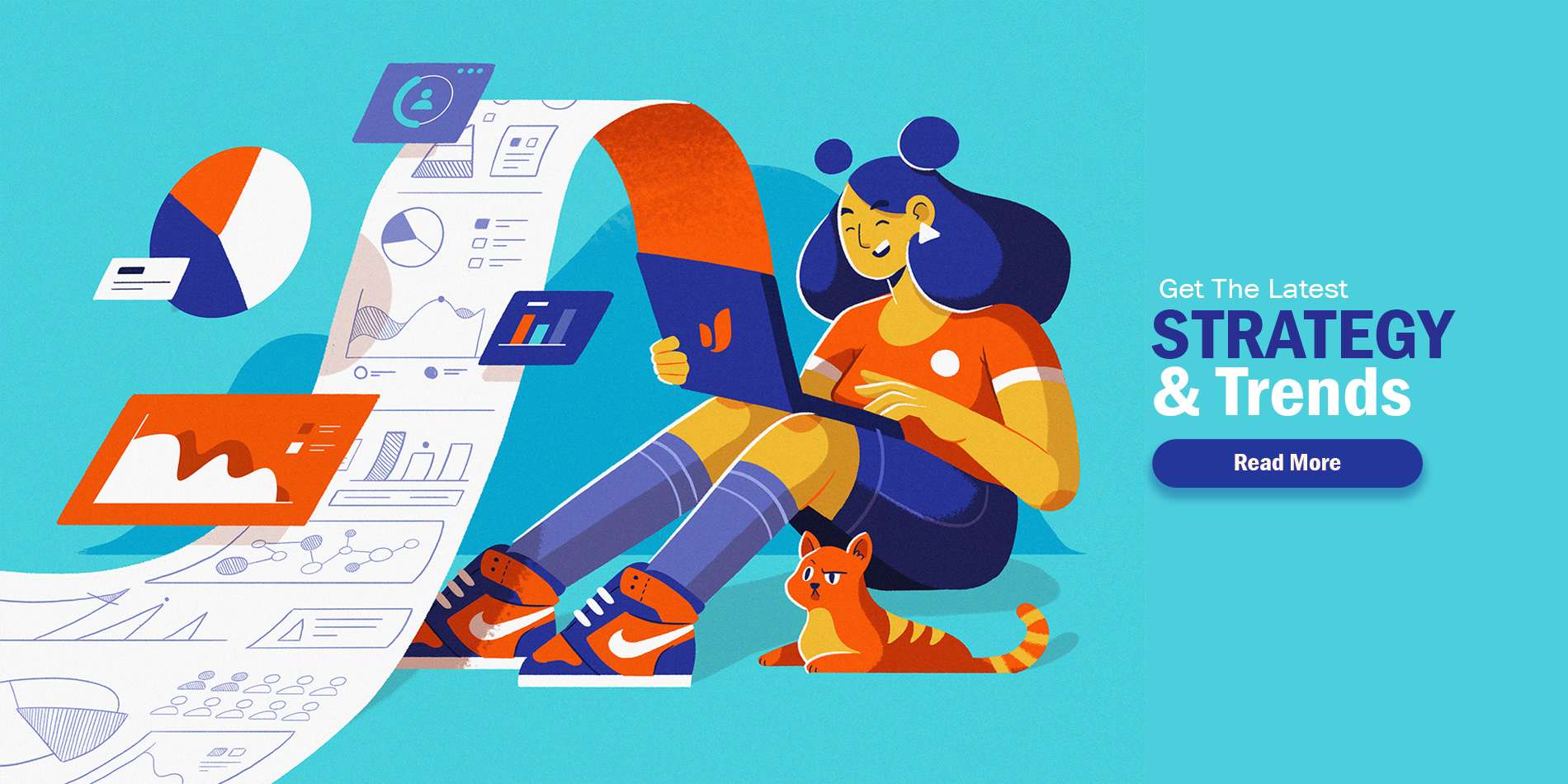
In the dynamic world of gaming, understanding what keeps players engaged is crucial for developers aiming to create compelling experiences. Central to this is the strategic use of symbols, which serve as visual and functional cues that motivate players to continue playing, explore rewards, and achieve progress. This article explores how symbols influence motivation, backed by psychological principles and practical examples, including modern game designs like uk – review – pirotes 4 : worth it? #bonus innit.
Player motivation refers to the psychological drive that compels individuals to participate in gaming activities, seek rewards, and overcome challenges. Engagement, closely linked, describes the depth of attention and emotional investment players allocate during gameplay. Motivated players are more likely to stay longer, explore deeper, and return frequently.
Visual symbols—such as icons, colors, and animations—serve as immediate cues that attract players’ attention. Functional symbols, like progress bars or reward indicators, communicate game states and potential gains. Together, they create a cohesive visual language that guides behavior and sustains interest.
Symbols evoke emotional reactions—excitement, anticipation, satisfaction—and influence cognitive processes like decision-making and expectation. For instance, a glowing gemstone upgrade signifies progress, boosting motivation through positive reinforcement. This interplay between emotion and cognition is foundational to game design.
Behavioral psychology emphasizes reinforcement—both positive and negative—as a driver of motivation. In games, symbols such as trophies or star icons serve as recognition of achievement, reinforcing continued play. Operant conditioning principles show that visible rewards increase the likelihood of repeated behaviors.
Extrinsic motivation is driven by external rewards—like coins or bonus symbols—whereas intrinsic motivation stems from internal satisfaction, such as mastering a puzzle. Well-designed symbols can foster both: visual cues of progress nurture internal pride, while immediate rewards boost extrinsic drives.
Familiar symbols provide comfort and predictability, encouraging continued engagement. Conversely, introducing novel symbols maintains curiosity and prevents monotony. Games often balance the two, gradually unveiling new symbols as players progress, thus sustaining long-term interest.
Upgrade symbols, like evolving gems or character enhancements, visually represent growth. They signal to players that their efforts lead to tangible improvements, reinforcing motivation to continue playing.
Wild symbols or bonus icons denote chances for big wins and exciting gameplay moments. Their distinctive design—often flashing or animated—serves to heighten anticipation and stimulate players’ desire to trigger these features.
Coins, currency symbols, and payout bars are direct indicators of rewards. Their bright colors and dynamic movements make the prospect of earning tangible benefits clear, motivating players to aim for these symbols.
Special features like free spins or multipliers are often represented with unique, eye-catching symbols. Their distinctiveness communicates exclusivity and potential for significant gains, driving players’ desire to unlock these features.
Multi-level upgrade systems introduce a hierarchy of symbols—such as different gem tiers—that reflect increasing levels of achievement. These systems encourage players to strive for higher upgrades, fostering a sense of ongoing progress.
Progressive symbols, like evolving icons or cumulative rewards, build anticipation as players see their potential for future gains. This dynamic sustains engagement by providing visible milestones and rewarding persistence.
More complex symbols—like detailed animations or layered icons—can deepen engagement by conveying sophistication and value. However, balancing complexity with simplicity is essential to avoid cognitive overload.
Pirots 4 exemplifies how modern game design employs a rich symbol system. Features like star symbols, gem upgrades, and dynamic bonus icons create a layered visual language that signals progress and opportunity, motivating players through clear visual cues.
The game’s use of vibrant colors, animated effects, and hierarchical gem symbols communicates potential rewards effectively. The visual hierarchy guides players’ focus toward symbols indicating high-value opportunities, reinforcing their motivation to continue.
Pirots 4 introduces a maximum win cap at 10,000 times the stake, serving as a strategic boundary that maintains player interest without unrealistic expectations. This limit encourages players to pursue rewards within a tangible framework, balancing motivation with game sustainability.
Rare symbols—such as exclusive icons or limited-time features—serve as hierarchy markers, elevating perceived value and encouraging players to seek them out. This hierarchy sustains long-term interest by creating aspirational goals.
Setting a maximum win cap influences player behavior by managing expectations and preventing frustration. It creates a psychological boundary that can motivate players to maximize their gains within defined limits, fostering continued engagement.
Integrating symbols within a compelling narrative enhances their meaning. For example, symbols representing ancient artifacts or mythical themes deepen emotional connections, making progress feel more meaningful and motivating players to explore further.
Effective symbols are easily recognizable, contextually relevant, and visually appealing. Clear design ensures players instantly understand their significance, boosting motivation.
While detailed symbols can add richness, overcomplexity risks confusing players. Striking a balance ensures symbols communicate their message without overwhelming, maintaining smooth gameplay flow.
Symbols should intuitively indicate potential rewards, such as size or color cues denoting value. Visual metaphors for progress, like ascending icons, reinforce the player’s sense of achievement.
Future games are increasingly personalizing symbols based on player preferences and behaviors, enhancing relevance. Adaptive systems modify symbols in real-time to optimize motivation and engagement.
Using data analytics and direct feedback allows developers to tailor symbols that resonate more deeply, creating a more engaging experience tailored to diverse audiences.
AR and VR technologies introduce immersive symbols within real-world contexts, heightening emotional impact and motivation through heightened realism and interaction.
“Symbols are more than mere visuals—they are the language of motivation in games, shaping emotional responses, guiding behavior, and fostering long-term engagement.”
Understanding the psychological and design principles behind symbols enables developers to craft experiences that not only entertain but also deeply motivate players. As demonstrated by modern examples, such as uk – review – pirotes 4 : worth it? #bonus innit, integrating layered, meaningful symbols can elevate gameplay into a compelling journey of achievement and discovery. By applying these principles, game designers can create environments where motivation flows naturally from visual cues and interactive mechanics, ensuring player engagement endures.

Grow your business online with our Digital Marketing Services through our Social Spot Media Company.
Agency(1)
Business(5)
Marekting(2)
Seo(2)